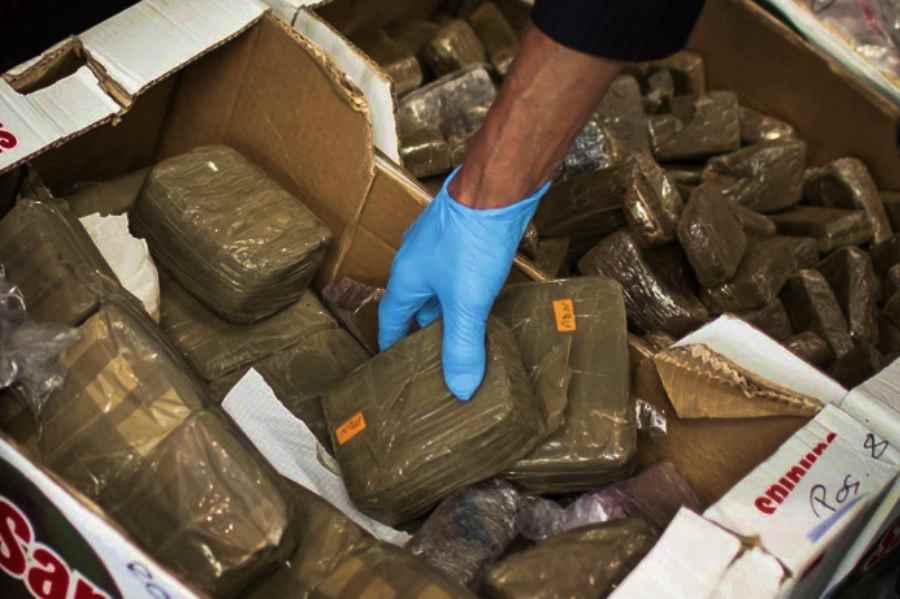Sun 20 October 2024:
Cocaine production in Colombia surged 53% in 2023, reaching a historic peak, the UN Office on Drugs and Crime (UNODC) said Saturday.
A UNODC report highlighted that cocaine production in Colombia reached its highest level, marking the increase.
It noted that last year saw a record production of 2,600 tons of cocaine, while the area under coca cultivation rose 10% from 253,000 hectares (625,177 acres) in 2022 to 2023.
Candice Welsch, UNODC regional director, said cocaine production is rapidly escalating, particularly in regions with high yields. The regions with the highest coca leaf cultivation in Colombia include Cauca, Nariño, Putumayo and Norte de Santander.
She noted that one hectare of coca now produces twice as much cocaine compared to two years ago.
Colombian President Gustavo Petro acknowledged that the war on drugs has not been successful to date and announced plans to initiate government purchases of coca harvests. He emphasized the need for new strategies to achieve success.
__________________________________________________________________________

https://whatsapp.com/channel/0029VaAtNxX8fewmiFmN7N22
__________________________________________________________________________
Colombia has a long history of major cocaine busts due to its role as one of the world’s largest cocaine producers. Starting in the 1970s, drug cartels like Medellín, led by Pablo Escobar, and Cali became powerful, controlling global cocaine trade. Colombian authorities, often with U.S. support, have made significant busts, seizing tons of cocaine in attempts to disrupt the drug trade.
In recent years, record busts have occurred, including a massive 12-ton cocaine seizure in 2017, the largest in Colombia’s history. Despite these efforts, cocaine production remains high, driven by rural poverty and global demand, making Colombia central to the ongoing war on drugs.
Colombia is the world’s top producer of cocaine, responsible for about 70% of global supply. Coca plants, the raw material for cocaine, are primarily grown in remote rural areas, where poverty and lack of state presence make coca farming attractive to locals. Despite ongoing government eradication efforts and U.S. support, cocaine production has risen in recent years.
Drug cartels and armed groups, including guerrillas and paramilitaries, control much of the cocaine trade, funding violence and instability. In 2022, Colombia’s coca cultivation reached record highs, driven by growing global demand, challenges in crop substitution programs, and the profitability of the illicit drug trade.
SOURCE: INDEPENDENT PRESS AND NEWS AGENCIES
______________________________________________________________
FOLLOW INDEPENDENT PRESS:
WhatsApp CHANNEL
https://whatsapp.com/channel/0029VaAtNxX8fewmiFmN7N22
![]()
TWITTER (CLICK HERE)
https://twitter.com/IpIndependent
FACEBOOK (CLICK HERE)
https://web.facebook.com/ipindependent
YOUTUBE (CLICK HERE)
https://www.youtube.com/@ipindependent
Think your friends would be interested? Share this story!





